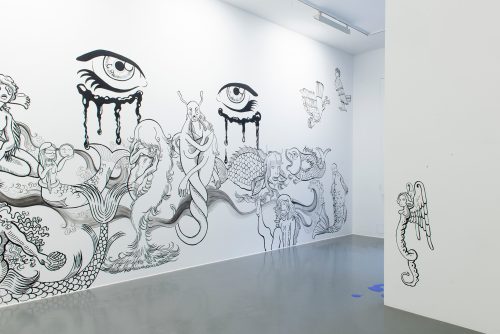
Groupshow
Sonnet to Science. Ode to Magic.
Project Info
- 💙 Projet Casa
- 💚 Caroline Douville
- 🖤 Groupshow
- 💜 Caroline Douville & Ruby Justice Thélot
- 💛 Mike Patten & Sabrina Jolicoeur
Share on
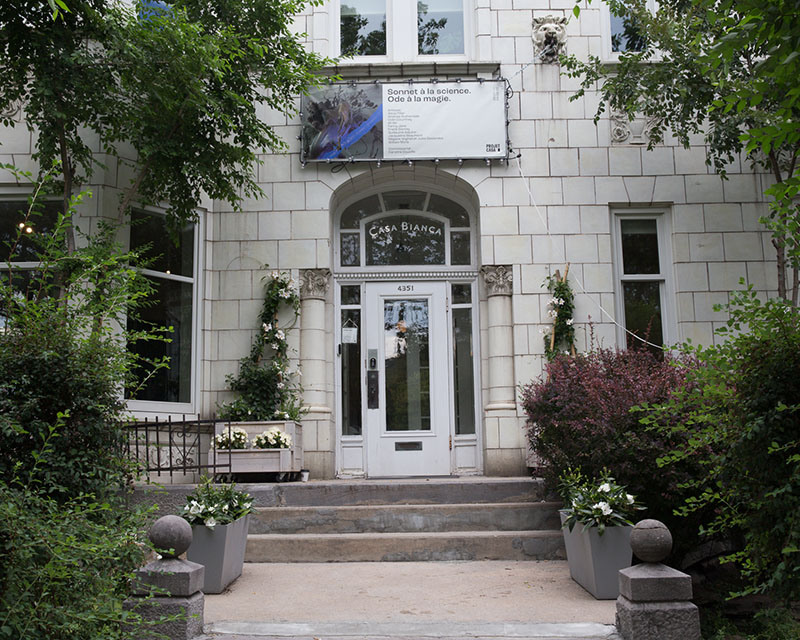
Advertisement
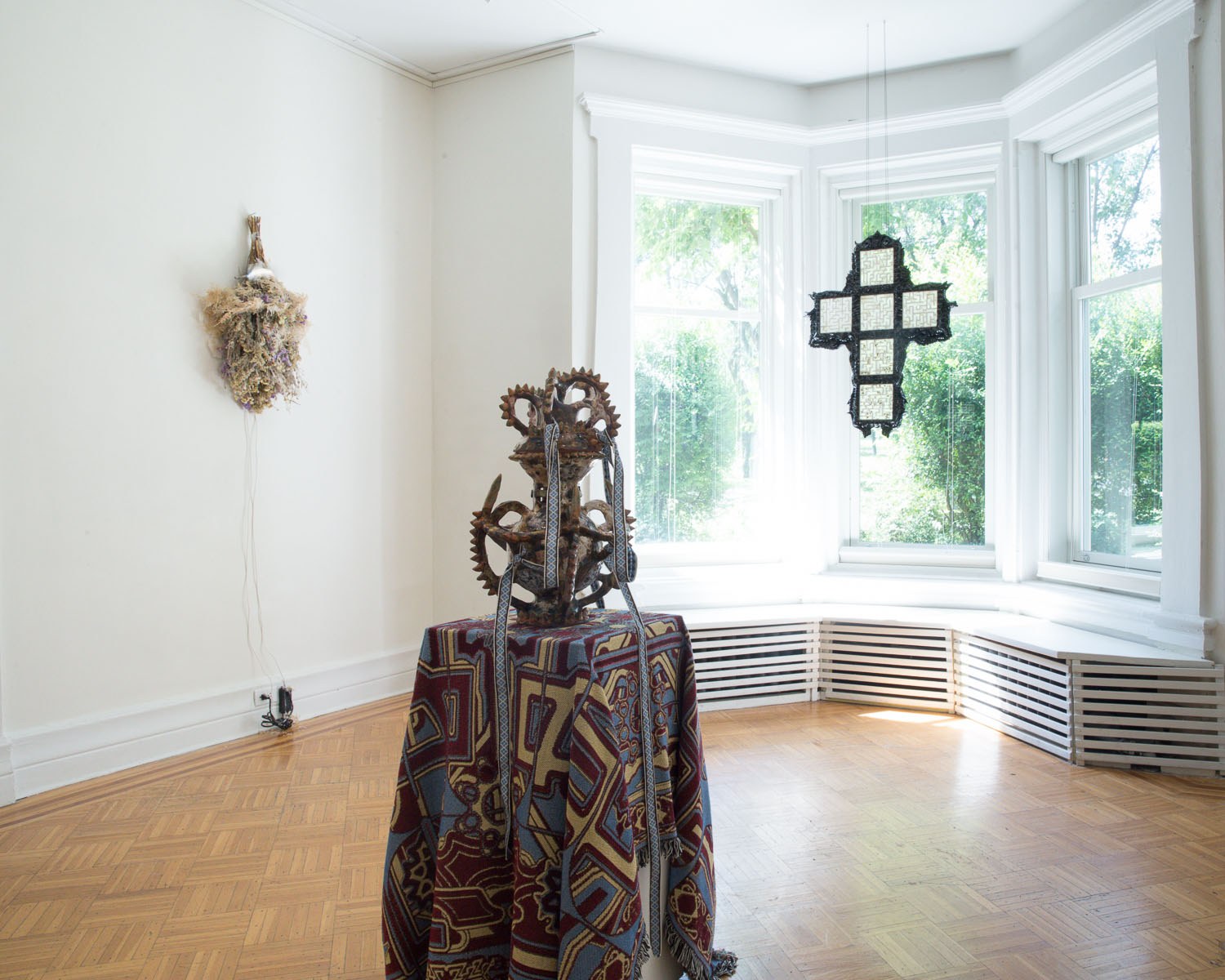
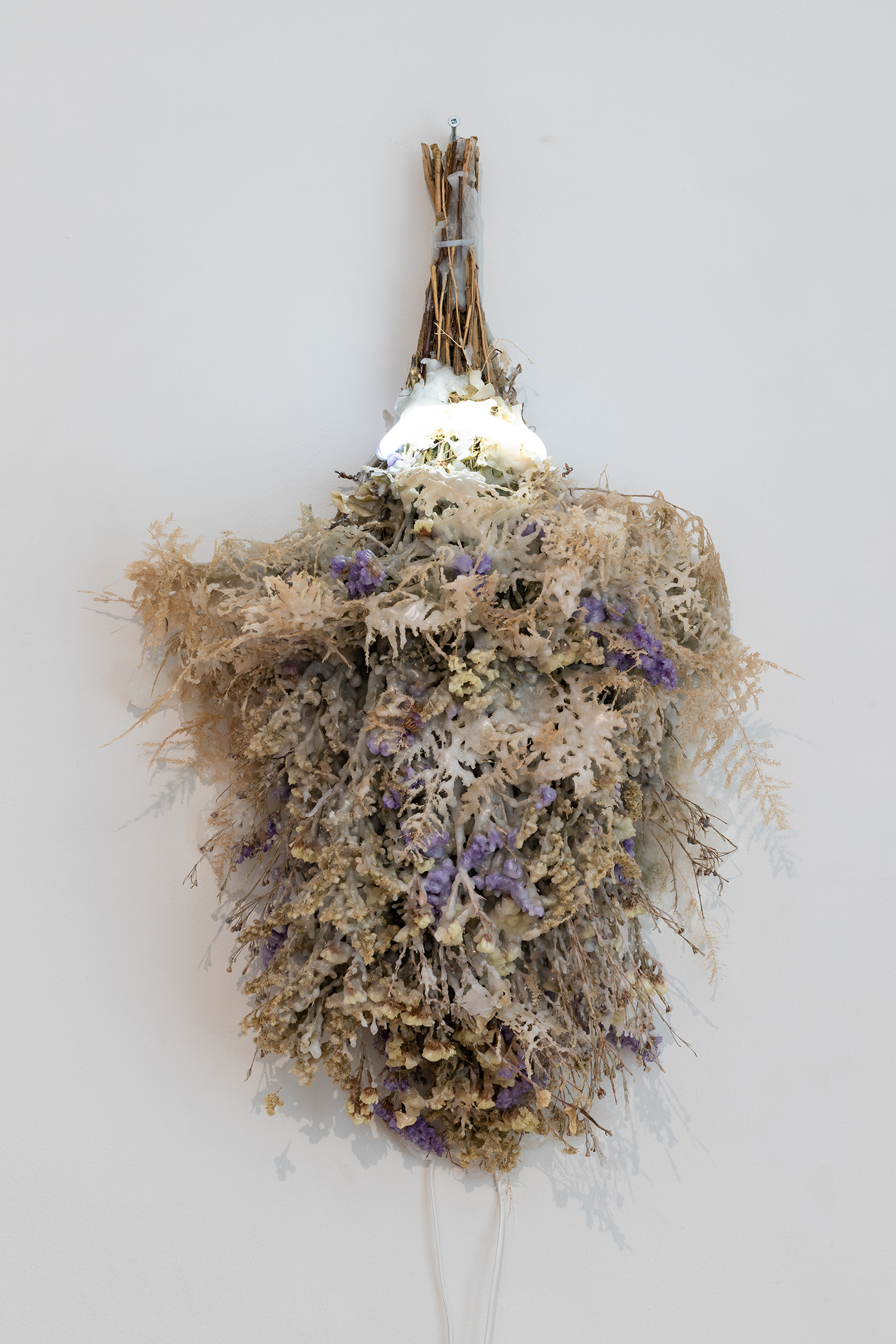
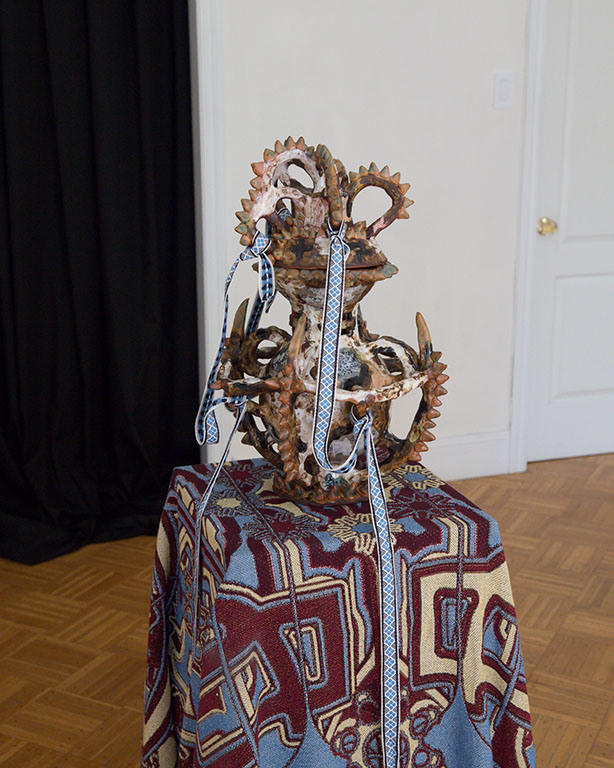

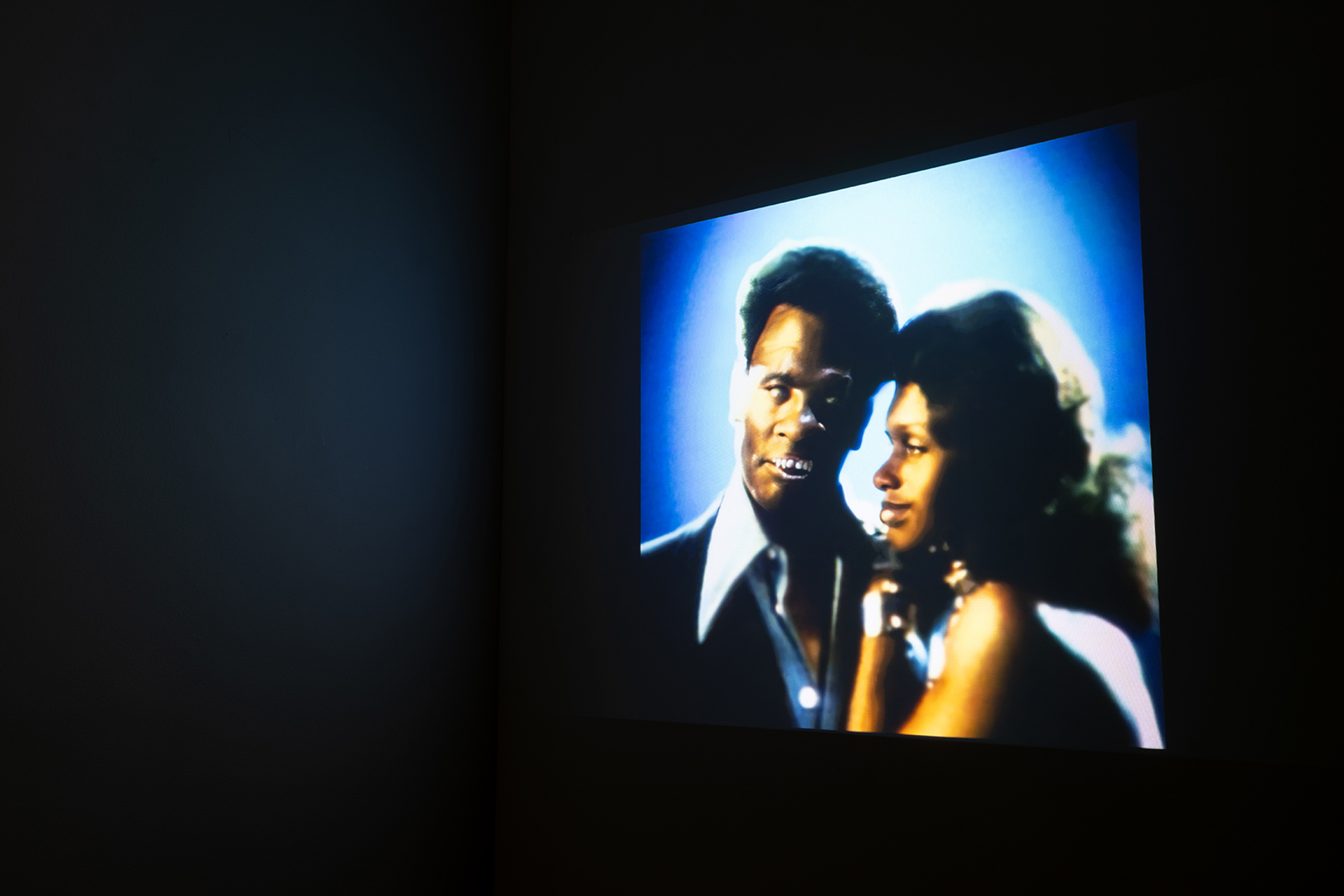
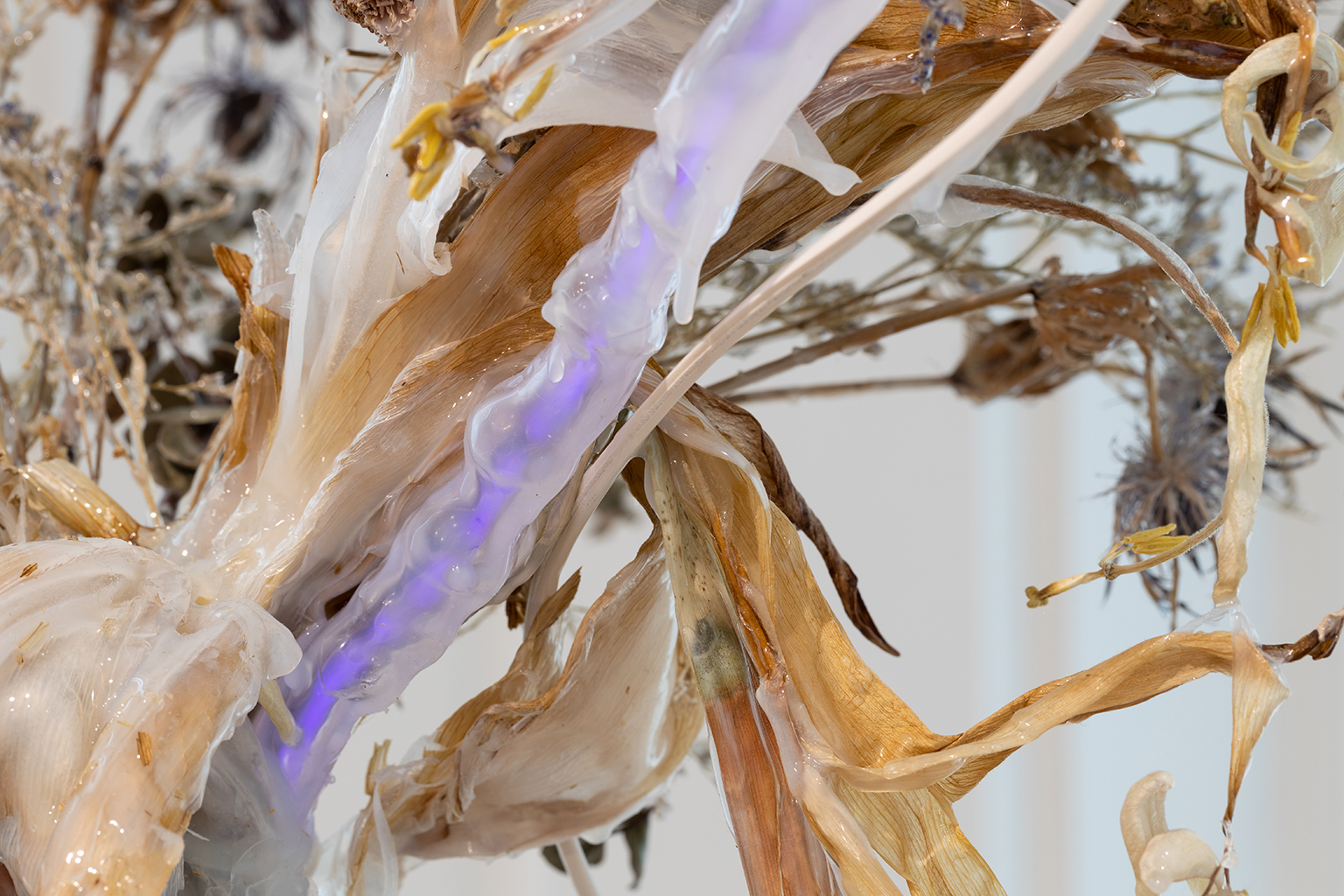

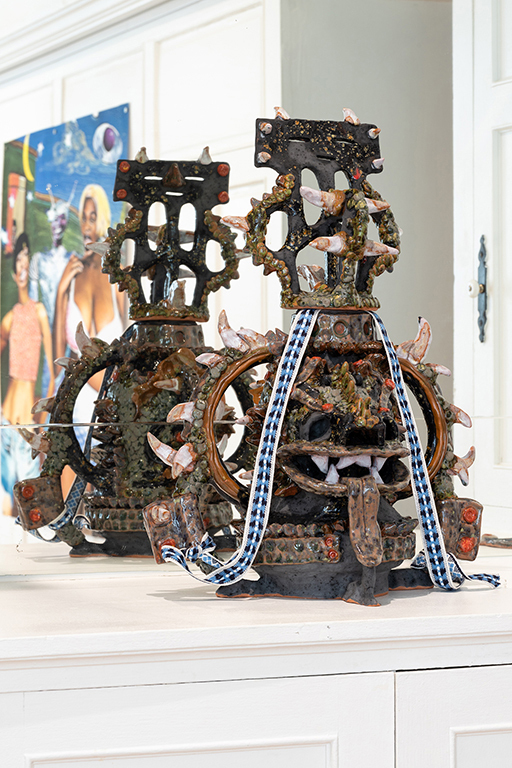
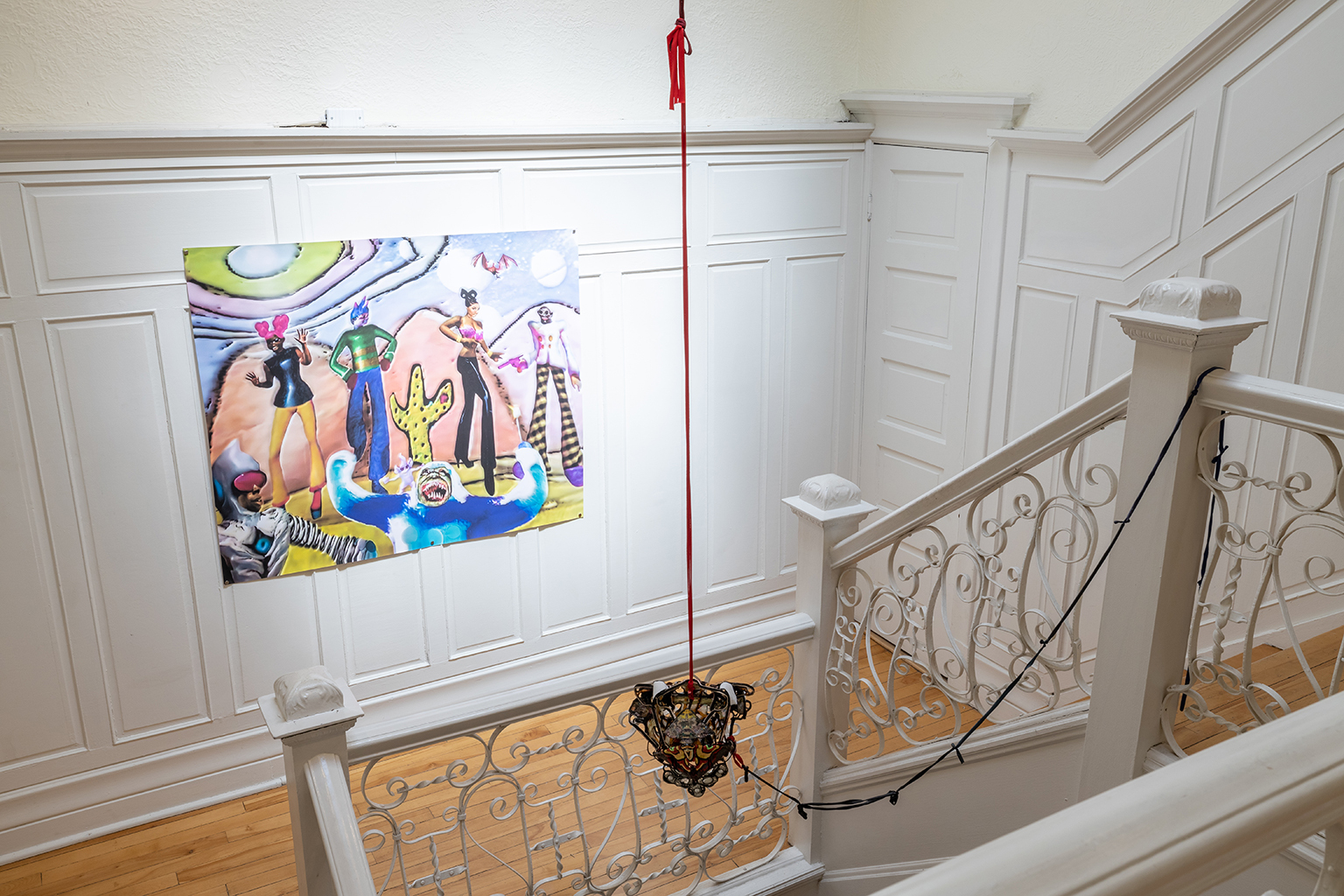
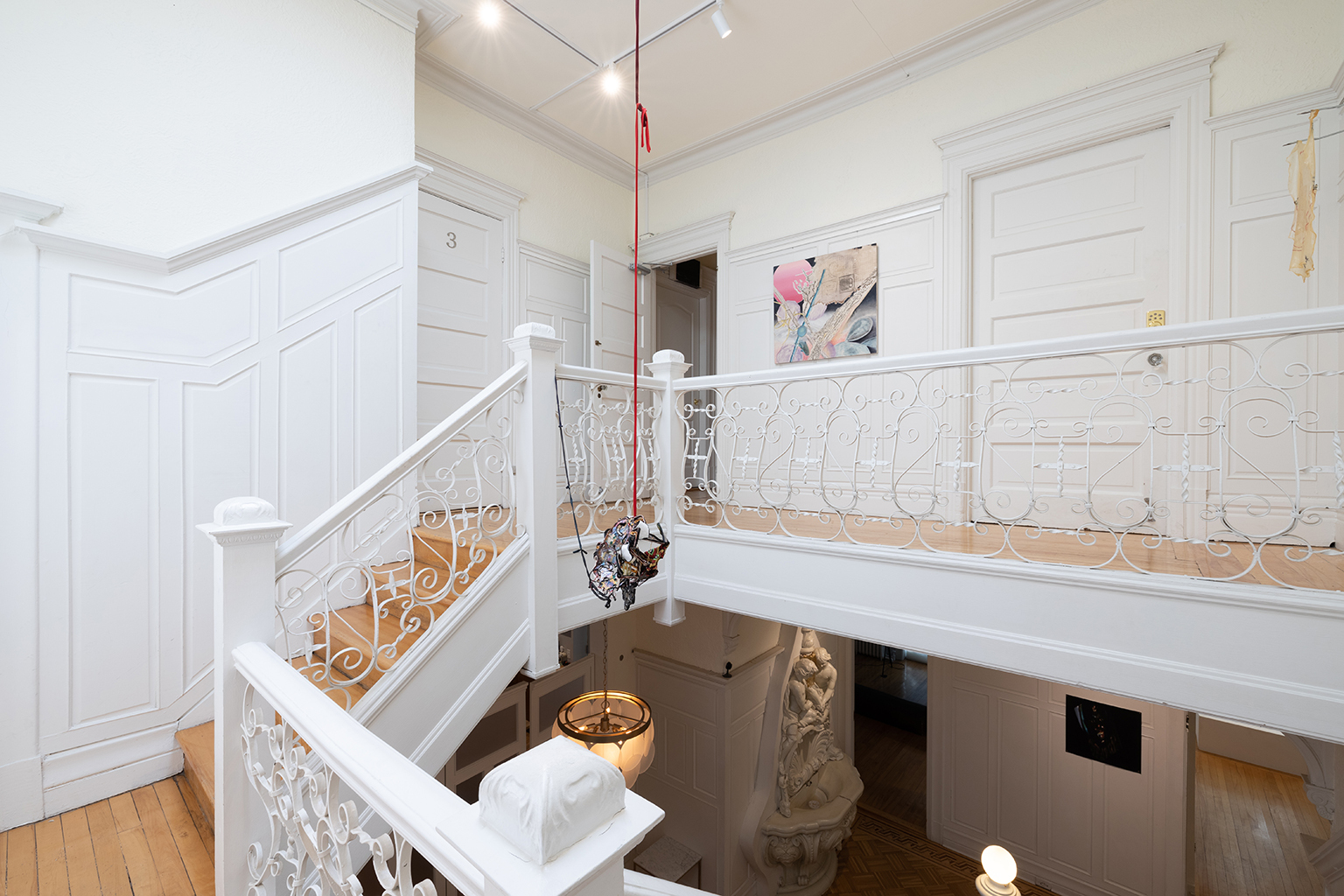
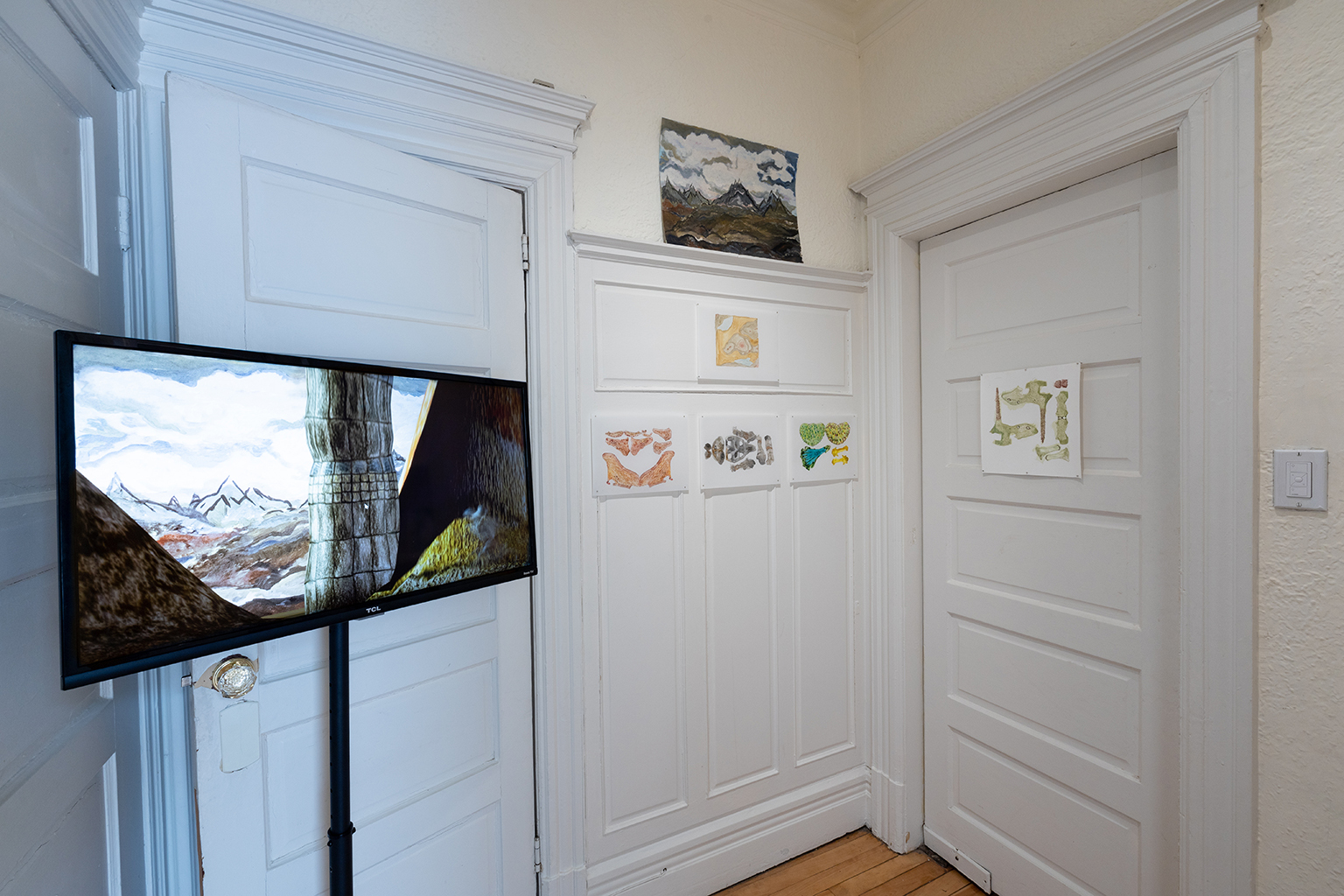

Sonnet à la science. Ode à la magie.
Sonnet to Science. Ode to Magic.
“Fantasy is the literature of the impossible, while science fiction is the literature of the infinitely possible.” [translation] Jean Marigny (Stendhal University, Grenoble, 2005)
Whether tales of epic journeys or utopian fantasies, stories that challenge our imagination have been fuelled by scientific progress and supernatural phenomena since the early 17th century. The evolution of these narratives led to the appearance of new literary genres that were massively popularized with the advent of new forms of dissemination.
Since then, these stories, often consumed greedily, give the contemporary individual a means of escape from a monotonous daily life, as when reading a book from the Goosebumps series at sunset after a long day of classes, watching a John Carpenter movie on an autumn evening before Halloween and the like. When it comes to series, consuming can become binging, as evidenced by our use of the word “marathon,” as in a “Star Wars marathon” or a “Lord of the Rings marathon.” These universes aim for disturbing emotions and wonder: anxiety and oddity have an even more intense effect when experienced subjectively. Thus unfurls a fertile ground where anything is possible for the marginalized since the traditional fetters can easily be ignored to make way for much more diverse realities.
In his poem “Sonnet to Science,” Edgar Allan Poe questioned scientific progress and the industrialization that followed. He saw science as a rival to the imagination and magic of our world. However, two centuries later, today's artists are proving the opposite: science now holds the power to create new mediums and to fuel hybridization processes—an invaluable source of creation.
The exhibition first highlights the advent of information technology, which gave rise to new visual languages whose aesthetic roots took shape in certain narrative genres. Frank Dorrey manipulates digital images inspired by narratives from Afrodescendant digital culture and Nollywood films; to create compositions featuring expressive characters interacting against a background of vibrant colour. In his video So Gently Do I Feel Myself Imprisoned, Guillaume Adjutor Provost uses artificial intelligence software to create images that illustrate the absurdity of hierarchical tensions, whether human, architectural, plant or animal. He questions how technology reinforces several forms of domination. In a different vein, Mégane Voghell and Jules Deslandes created Tableau fuyant, a digital work inspired by medieval myths and aesthetics. This algorithmic universe constantly generates new images, embodying the result of a cross between digital art and traditional painting. In the context of the exhibition, the installation calls to mind a cabinet of curios or an alchemist’s laboratory.
And there is also the issue of illustrating our ability to control living things, as done by Andrew Rutherdale, who works with myxomycetes, single-celled organisms that fall somewhere between bacteria and fungus. Rutherdale explores the taming of living things and how capitalism encourages its instrumentalization. As for Jacqueline Beaumont, she criticizes the gender binary by cultivating microbiomes from her own skin cells mixed with those of her chosen (non-genealogical) family members. For the work to beat the womb at its own game (Armour 1), a cell culture is presented in the form of a jockstrap, an object designed to protect the male reproductive organ.
At the same time, paganism is a rich source of alternative thought and mystical knowledge that has been lost in the mainstream of monotheistic thought; however, this attitude is resurfacing in the some artists’ practice. éli del creates incantation-tattooed molts designed to heal personal trauma, while William Mora draws inspiration from pre-Columbian mythical creatures to shape intriguing ceramics. Colin Courtney wanders the city in search of natural materials to create his own pigments. Like an alchemist, he is interested in how materials change and exploits these shifts in his work.
Lastly, industrial materials are also becoming tools of choice in hybrid expression for many sculptors. Fanny Jane proposes sculptures that freezes typically ephemeral organic components into a perpetual moment. Finally, Alicia Piller takes interest in historical political and environmental traumas to create bio-extraterrestrial forms from a wide variety of industrial materials, often plastic-based.
Sonnet to Science. Ode to Magic aims to ease the tension between the rational and the irrational, the sensible and the foolish, science and magic.
Caroline Douville
Curator
All The Things We Lost
‘Where is the wisdom we have lost in knowledge? Where is the knowledge we have lost in information?’. — T.S. Eliot
Submerged caves
Silex tools
Gilded graves
Ancient fuels
In fossilized cerebella
Live
The Antikythera mechanism
Like so many other
Universal tales
Of progress
A collective memory
Drunk on future
Remains in an eternal December
Though through every step of mankind
I try to remember
All the things we lost
The role of the Artist in a society where Science and Technology overtake Magic
In his much regarded debate with the American linguist Noam Chomsky, French critical theorist Michel Foucault detailed the notion that grids of knowledge, as they emerge, are layered on top of each other and suppress previous ones. This concept may give us a clue of the evolution of knowledge through human history. We often ask the fundamental epistemological question “How do we know what we know?”, when we should beg for the contrary, “How do we know what we know not?”.
The modern subject has been emboldened to believe they know everything. Armed with Alphabet’s quasi-infinite portable library, we see this borrowed information as our own. This false sense of knowledge is engendered by the misconstrual of access for ownership. Because we have access to all this information, we believe it to be knowledge. There are two main reasons why we live in the age of twilight knowledge: we do not own the information (ownership) and we do not know how it is produced (production).
Production
Picture this: Prisoners chained so that their necks and limbs are fixed, forcing them to gaze at the screen in front of them. Behind the screen, particles of melted beach sand interact through an electromagnetic waltz and produce the shapes of “men and other living things”.
And what exactly is this waltz? How exactly do these particles produce these shapes? How does the bit go from there to there? Why are certain shapes more important than others?
The modern subject is a consumer of information. We have lost touch with the sources of knowledge. Our technology which provides it is opaque and proprietary. Try to open the black aluminum boxes through which we access information.
Remember the words of Arthur C. Clarke: “Any sufficiently advanced technology is indistinguishable from magic.”
What separates advanced technology from magic is knowledge, the understanding of how the advanced technology is produced and how it works. We are constantly compelled to “Trust the science”, but the Scientific Method beckons us not to believe but to replicate. Empiricists claim that knowledge is the active product of experience and not belief.
“Then she got into the lift, for the good reason that the door stood open; and was shot smoothly upwards. The very fabric of life now, she thought as she rose, is magic. In the eighteenth century, we knew how everything was done; but here I rise through the air; I listen to voices in America; I see men flying – but how it's done I can't even begin to wonder. So my belief in magic returns.” — Virginia Woolf, Orlando: A Biography (1928)
It is called Fantasy when no scientific explanation is provided for the impossible, it is called Science-Fiction when it is.
If Science transfigures Magic into Information, which evil demon can reverse the alchemy? Who else but the Artist to obscure technology and extract through their own liberated production its unknowable characteristics? Oh, the Prestige!
Ownership
Memory is a radical act.
“Sing to me, oh Muse” — when she does, it is from the dome. Evanescent shapes cannot hold a people together. Memory is the safeguard against the perversions of History. Hold on tight. Go forth and disseminate all that you remember before your secrets are forever lost. We cannot claim to know if we do not remember, if the knowledge is not within us, if we do not own it.
Where is your knowledge?
Probably somewhere in the cloud
Where you are granted access to it?
No longer yours
We ask permission
To those who control the data
Those who control
Collective Memory
What if
The Song of the Revolution disappeared?
How to Remember
Dig deep within the archives of disappeared peoples, and you will find traces of recent futures. Imagine the advanced creations of forgotten Atlantis, the foregone algorithms lost forever beneath Alexandria, each layer of Troy is a new opportunity to uncover that what was once fiction can become reality and what was once fantasy simply is.
Do not believe the ones who claim the future will not be a certain way. They do not know: it has already happened.
Our only hope:
Perhaps, You, dear Reader, will
One day awake
From uneasy dreams
Transformed a monstrous beast
Heavy and slow, blackened
by Reminiscence
an Artist:
Someone who remembers
All the things we lost
Ruby Justice Thélot
Caroline Douville & Ruby Justice Thélot



